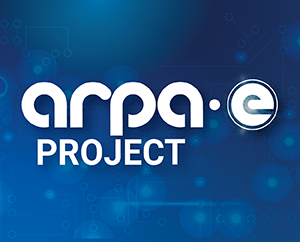Strong and CO2 Consuming Living Wood for Buildings

Technology Description:
Purdue University will harness microbial activities to reinforce the load-bearing structure of wood to the strength of steel, increase its fire resistance and lifetime, and lower technological barriers to manufacturing uniform wood composite materials. The “living wood” has a self-healing capability that breathes in CO2 and produces biomaterials to fill up and bond possible cracks. The process is intrinsically scalable and cost-effective due to the bulk treatment of wood and exponential manufacturing of microbes.
Potential Impact:
HESTIA projects will facilitate the use of carbon storing materials in building construction to achieve net carbon negativity by optimizing material chemistries and matrices, manufacturing, and whole-building designs in a cost-effective manner.
